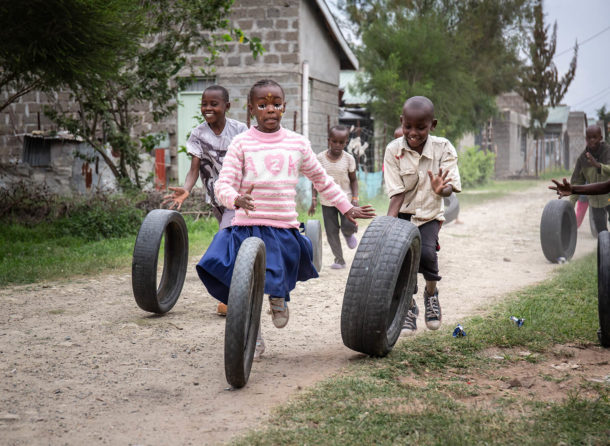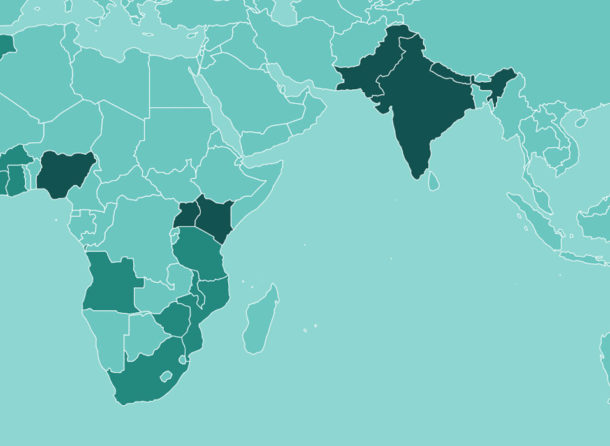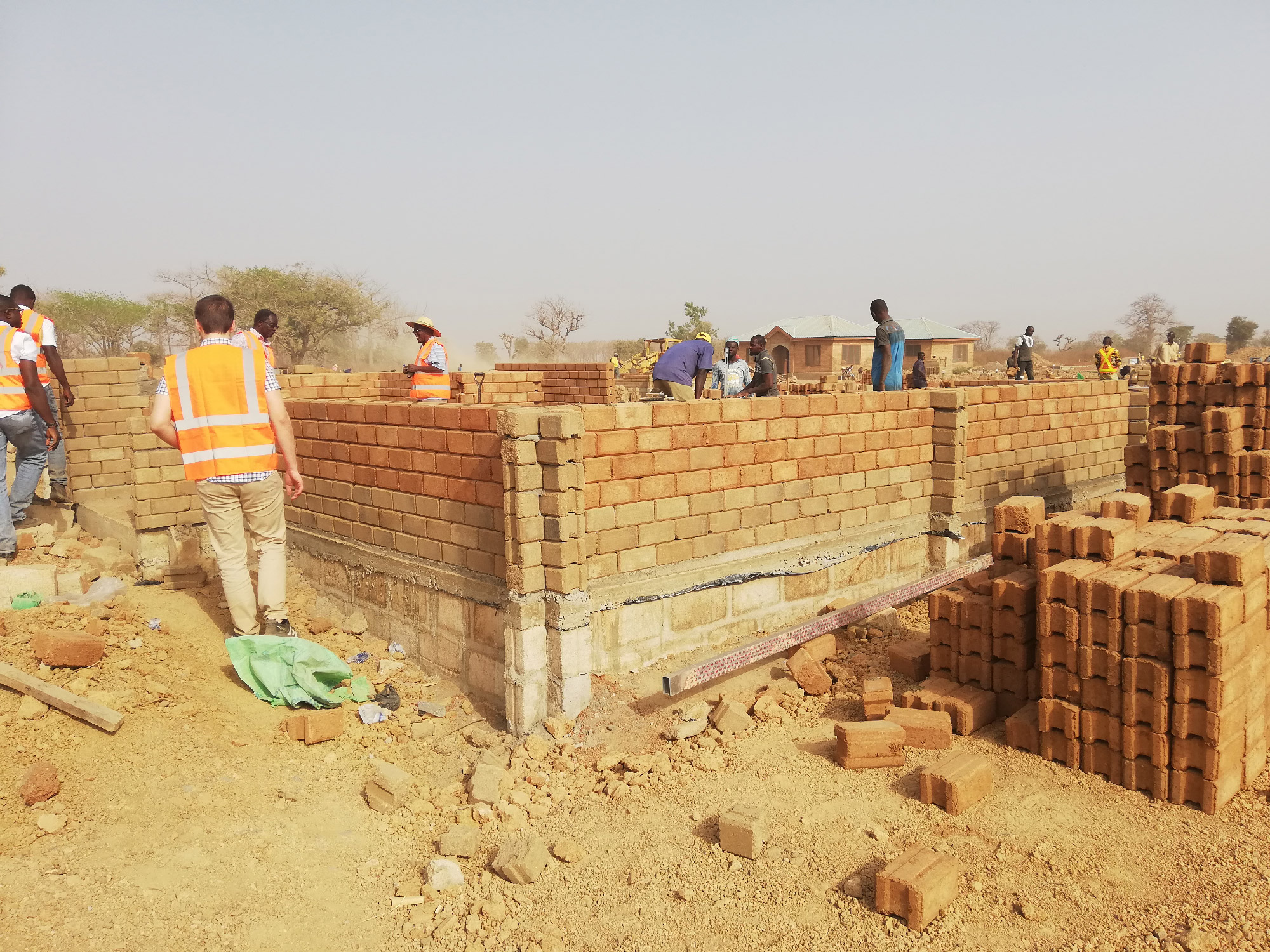
Housing Policies Post COVID-19
Covid-19 has affected the most vulnerable families in the world and has underlined the importance of homes as critical family assets and liveable, healthy shelters.
Emerging global evidence, as described in this New York Times article, demonstrates that overcrowding and poor-quality housing is highly correlated with Covid-19 infection and mortality rates.
Families are expected to follow stay at home orders, frequently wash hands and wear face masks, and self-isolate when necessary. Parents are supposed to work remotely, and children need to do virtual schooling. However, evidence such as the National Bureau of Economic Research’s paper, Can the World s poor protect themselves from the new Coronavirus? tells us that 90% of households in the developing world cannot comply with the World Health Organization’s recommended guidelines related to adequate, safe and healthy housing.
The World Bank’s Global Program for Resilient Housing (GPRH) supports countries to change that by making the homes of the most vulnerable households safer and resilient. The GPRH seeks to identify those that are highly exposed to disease and disasters, include and prioritise such households in government programmes and promote the growth of credit and insurance markets that support them.
Covid-19 dramatically hits public and household finances and can change the way we travel, work and learn for good. Housing quality can play a key role in how families adapt to these changes. Housing policies and programmes need to adjust accordingly, scale-up their investments and target the following five principles:
- Efficiency: Governments will need to do more with less and improve the programmes they prioritise, e.g. home improvement and rental deserve more attention, their targeting and calibration.
- Flexibility: If governments embrace technology, innovation and administrative simplification, their programmes could get a chance at solving the more complex housing challenges that need to be addressed to save unnecessary deaths in the next pandemic or disaster “ for example poor housing quality or water and sanitation provision in informal and high risk areas.
- Inclusivity: Diversity needs to be encouraged and leveraged to maximise impact in the lives of the most vulnerable. This involves using local materials, respecting cultural preferences and adapting housing programmes for families instead of trying to make them fit to one that is not compatible with their needs and preferences.
- Private Sector: Governments can promote private sector participation in underserved markets such as housing microfinance or insurance. Also with the right signals by firstly sizing up and shining a light on the market opportunities, and secondly by optimising existing processes and regulations to combine public with private capital in much needed housing and urban upgrading projects.
- Innovative Design: If homes need to serve more purposes than simply shelter, designs will need to be adapted and more space will be needed. This could affect affordability but at the same time could be an opportunity to revitalise neighbourhoods and small businesses.
The benefits of investing in resilient housing in the context of Covid-19
- Quickly stimulating local economies with low skilled jobs
- Improving the living conditions and health and educational of the most vulnerable, including minorities that have traditionally been beyond the reach of the State.
- Enabling families to abide by disease mitigation measures, such as stay at home orders.
Covid-19 is an opportunity to redefine the measure of our success from how many houses we build back better to how many lives and jobs we saved by building better before.
Read more
Read more stories
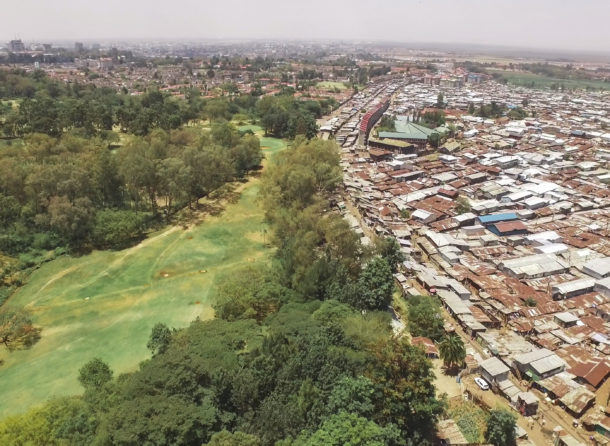
How Affordable Homes could help solve the global climate crisis
The United Nations climate summit, COP25, starts today in the Spanish city of Madrid where climate leaders will push to scale up action and investments into rapidly reducing global greenhouse gas emissions and support broader sustainable development agendas, specifically addressing …
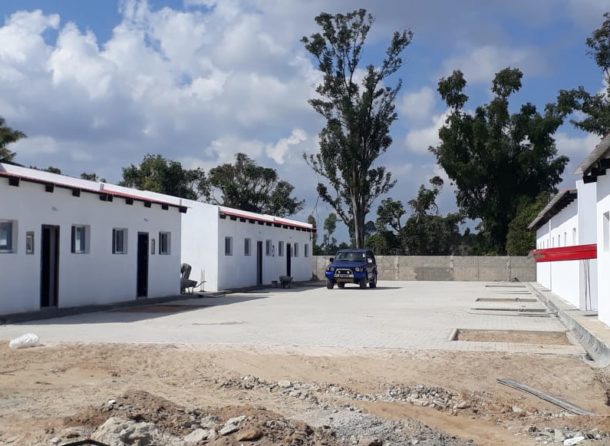
Celebrating affordable housing in Beira
The ribbon-cutting ceremony was attended by Reall’s Director of Investment and Operations Patrick Domingos-Tembwa, Mayor of Beira Daviz Simango and Casa Real Director Marie Odile. The celebration was particularly poignant as these homes managed to withstand the destruction of Cyclone…

New Partnership: Syntellect
Reall are delighted to be partnering with India-based technology firm, Syntellect. Syntellect are committed to giving unbanked people the opportunity to access mortgage finance across Africa and Asia. Syntellenct has created RightProfile, a customer profiling platform designed to help lenders …
